Top 5 Priorities to Consider When Choosing New HR Software
When considering a change in HR software, businesses have a long list of options, features, and vendors vying for their attention. With so much to evaluate, it is crucial to know what matters most in selecting a platform tailored to an organization’s unique HR needs. By focusing on key priorities early, companies can more efficiently compare solutions against must-have criteria for their situation.
These core areas remain critical to examine regardless of size, industry, or specific requirements:
Prioritizing Required and Must-Have Functionality
Getting clear on the specialized HR software and capabilities needed is an essential first step. Key features like payroll, time and attendance, onboarding, performance management, or core HR database must align with strategic goals and address pain points across recruitment, talent management, and other HR disciplines. Outlining must-haves versus nice-to-haves ensures a package aligns with the reality of an organization’s needs. It also allows decision-makers to accurately compare solutions side-by-side.
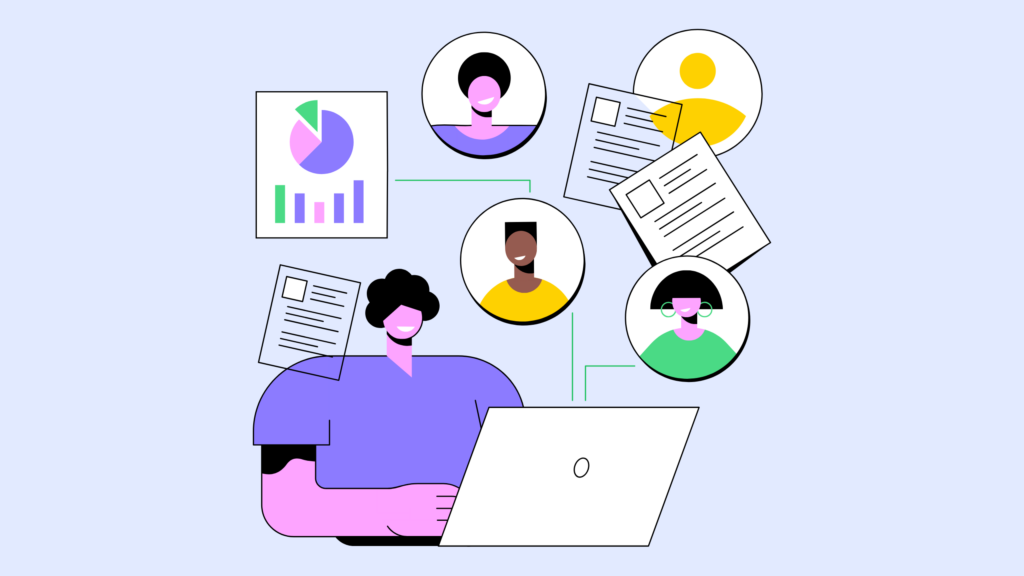
Vetting Scalability for Growth
Implementing then outgrowing software contributes to unnecessary costs and change fatigue for employees getting used to continually shifting systems. Companies scaling up should ensure contender platforms offer flexible pricing models and easily expanded functionality. However, small businesses may sacrifice more robust capabilities for a simplified starter system within budget. In all situations, projecting long-term requirements makes for better-informed buying decisions. The optimal choice provides space to grow without overly complex and unused tools creating price tags beyond future needs.
When evaluating scalability, it’s crucial to consider factors such as the software’s ability to handle increasing user volumes, the ease of adding new modules or functionalities, and the availability of pricing tiers that align with the organization’s projected growth. Additionally, understanding the vendor’s product roadmap and commitment to ongoing development can provide insights into the long-term viability and evolution of the software.
Prioritizing Ease of Use
Systems lacking usability or requiring excessive training negatively impact user adoption. When software feels unintuitive, difficult to navigate, or overly taxing to learn, employees ultimately circumvent tools meant to add efficiencies. This requires examining factors like the platform’s interface, accessibility options, learning curve, and how intuitive key features seen for a range of end users. Testing any shortlisted systems directly also uncovers potential red flags around the day-to-day experience. Ease of use should be evaluated from both HR administrator and employee user perspectives.
Check more How to Improve Company Culture – Tips
Assessing the Implementation Process
Transitioning information, building integrations, and rolling out something new company-wide carries inherent challenges and risks. Change management strategies, availability of support teams during onboarding, and training resources influence user adoption success. Other considerations include data migration assistance from old systems, whether HR can confidently handle setup and configurations in-house, or if the provider offers more full-service onboarding. Realistic scopes, timelines, and budgets rely directly on what level of implementation support comes included or how much effort works best for the current internal bandwidth.
The implementation process is a critical consideration when selecting new HR software, as it can make or break the success of the deployment. Evaluating factors such as the vendor’s project management approach, the availability of comprehensive training and support resources, and the level of data migration assistance can help organizations anticipate and mitigate potential challenges. Additionally, understanding the vendor’s change management strategies and their willingness to collaborate with the internal HR team can ensure a smoother transition and greater user adoption.
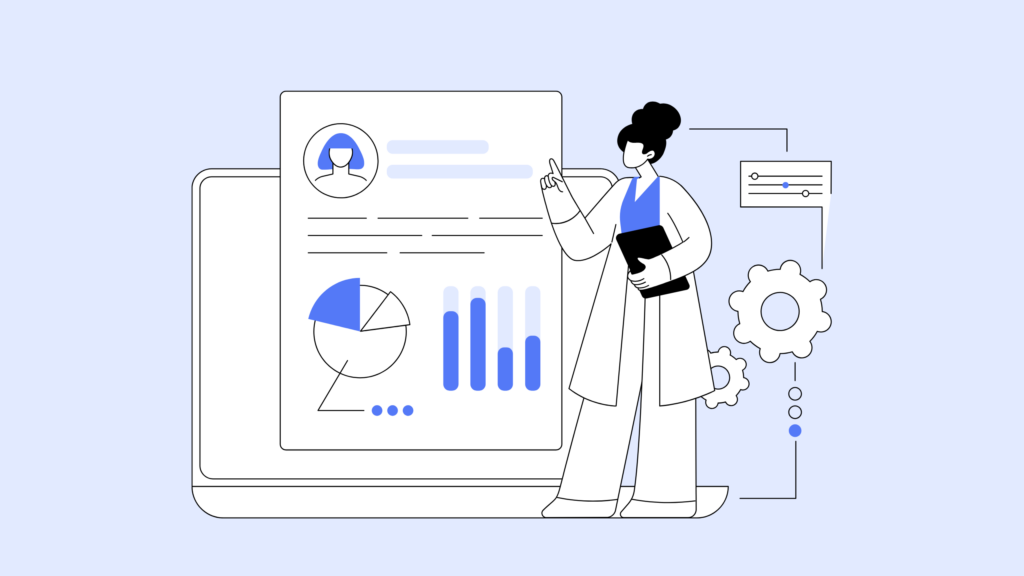
Choosing Compatible, Reliable Technology
On a basic level, solutions must integrate well with existing infrastructure like payroll, email platforms, or collaboration tools. However, under the hood, items such as where data is stored, backup protocols, access controls, and other aspects of information security also come into play when evaluating overall compatibility. Plus, examining a software company’s technology foundations like hosting options, development roadmaps, and reliability track records gives insight into the stability of a system long term. For cloud solutions, uptime history and service level agreements provide metrics for assessing dependability while on-premise options undergo different assessments to vet ongoing performance.
Compatibility and reliability are crucial factors when selecting HR software, as they directly impact the software’s ability to seamlessly integrate with existing systems, protect sensitive data, and provide consistent performance over time. Evaluating the software’s integration capabilities, data security measures, and the vendor’s overall technology infrastructure can help organizations ensure the chosen solution aligns with their IT requirements and provides the necessary level of dependability. This assessment should also consider the vendor’s commitment to ongoing product development and their ability to adapt to changing technology landscapes.
Conclusion
By focusing on these core areas, HR departments narrow down real must-have priorities when evaluating options in an often crowded software marketplace. Careful consideration of these key factors can help organizations make informed decisions and select an HR software solution that meets their unique needs, supports their growth, and delivers a positive user experience for both the HR team and the broader workforce.
(Image Credit: spotSaaS)

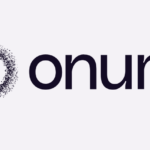

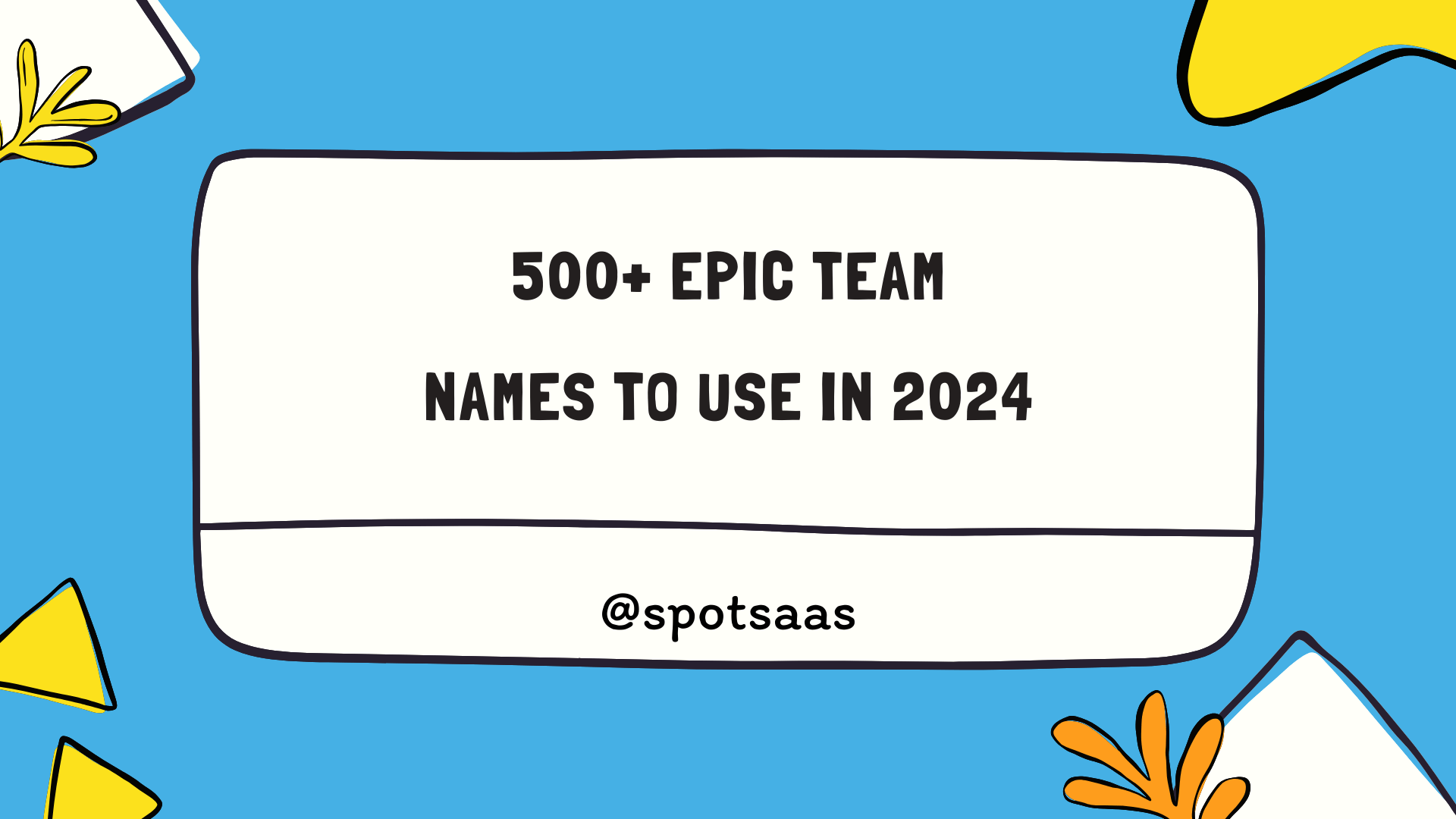
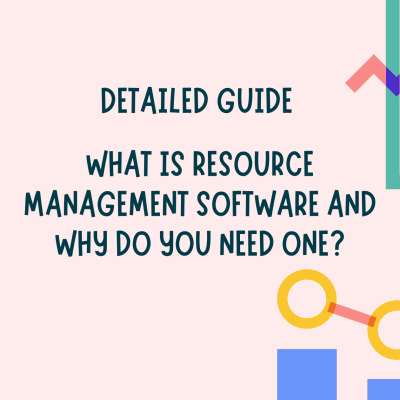


One Comment
Comments are closed.